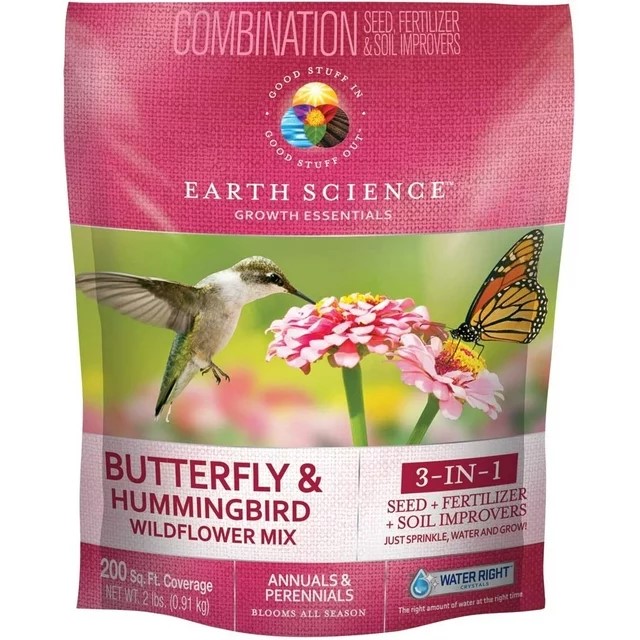Wildlife to spot in April – birds and butterflies that celebrate the arrival of spring
Wildlife experts reveal some of the beautiful birds and butterflies that can be seen in the yard from spring
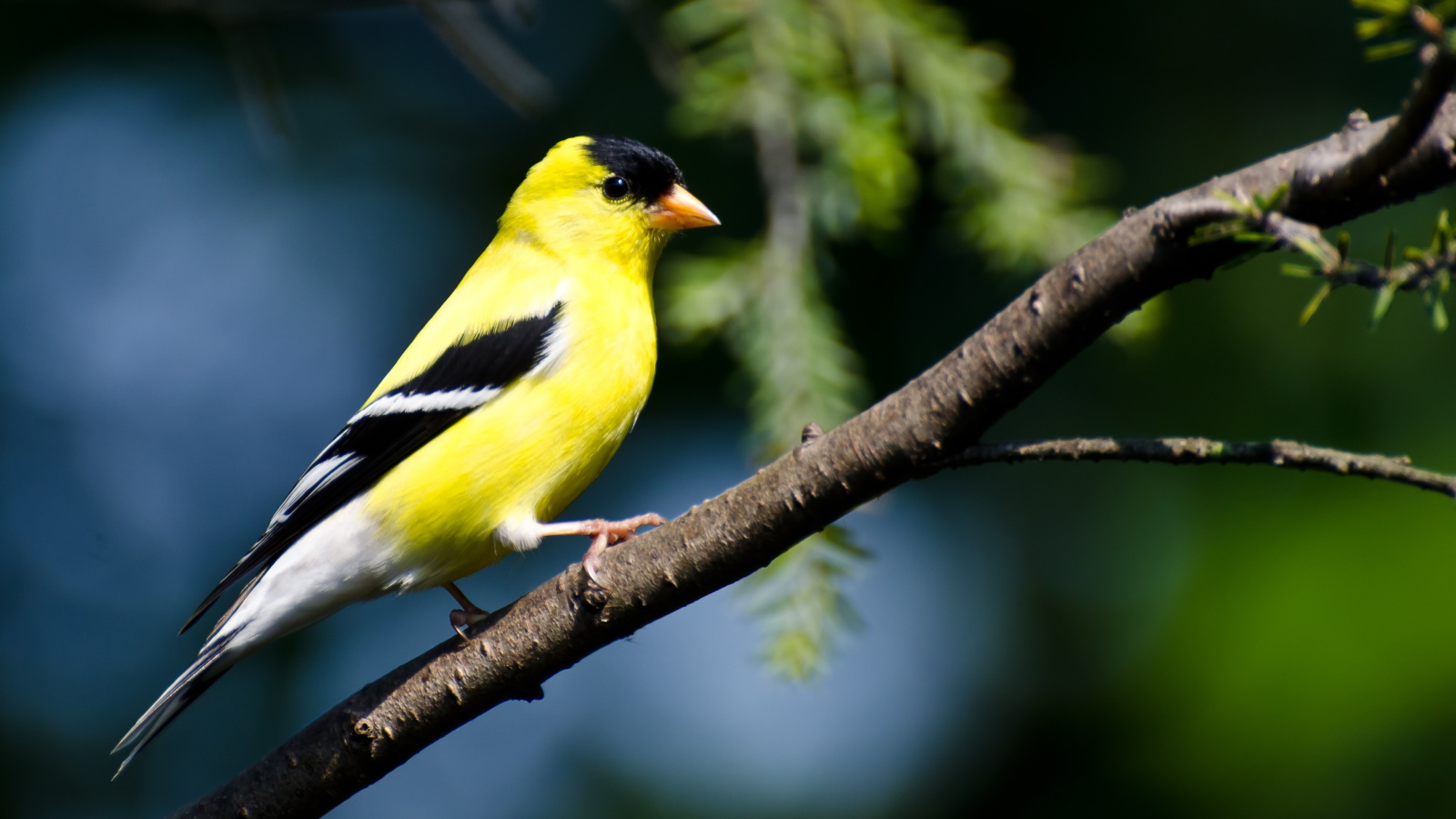

Birdwatchers and butterfly spotters rejoice! The arrival of spring marks the return of many beautiful bird and butterfly species in the backyard. For those gardeners who enjoy wildlife garden ideas, now is the time to reach for your binoculars as your yard fizzes and buzzes with activity.
As the days lengthen and become brighter in April, gardeners are drawn back outdoors after the cold and dark winter months. For many, this changing of the seasons could not come soon enough, and this month marks the start of spring and the growing season ahead.
Not all birds or butterflies migrate, but April is an interesting time in the wildlife calendar as many wildlife wanderers return northwards after wintering in southern regions. Depending on the climate in your local area, you might have already seen some migrating species at the birdbath or fluttering and feeding on the nectar of early flowering plants for birds or plants for pollinators. Here, experts discuss wildlife highlights to look out for and marvel at this month.
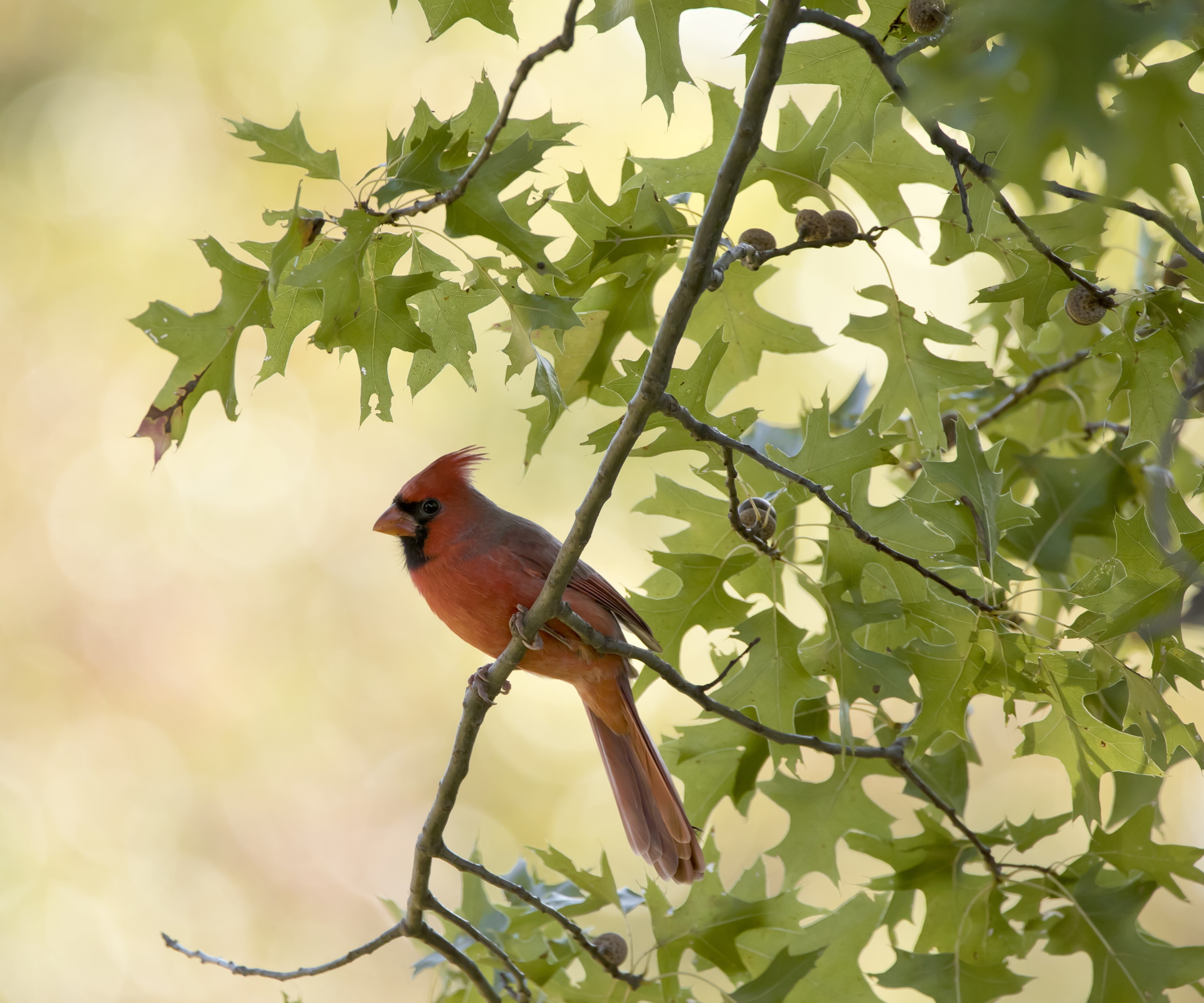
Wildlife to spot in April in the backyard
As we move from winter to spring, our backyards come alive with wildlife activity. Bees wake up, butterflies emerge from chrysalid cocoons, and birds migrate northwards after wintering in warmer regions. This changing of the seasons is an exciting time of year, and there is an impressive amount of wildlife to spot in April.
1. American Goldfinch
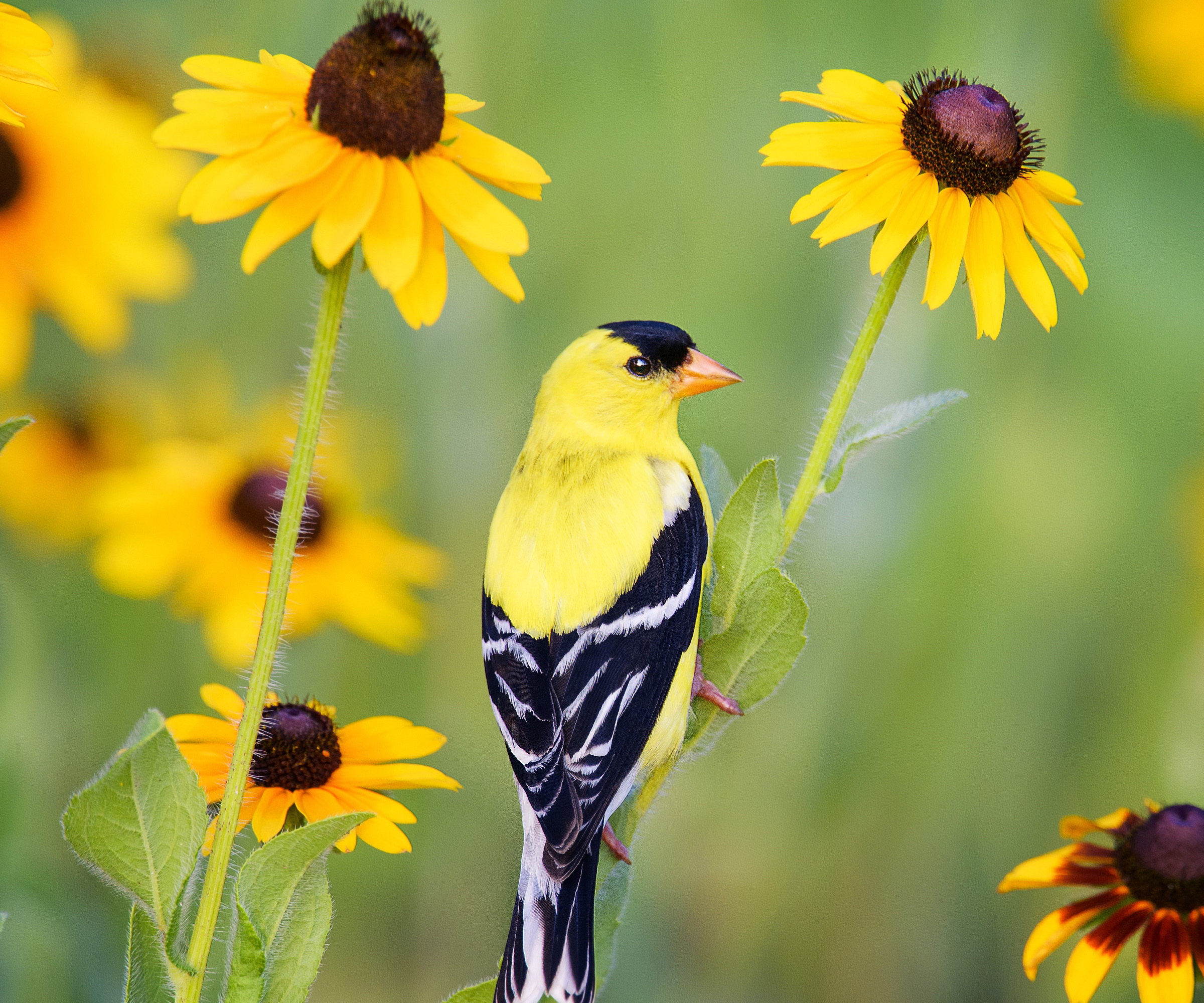
The American goldfinch, Spinus tristis, is a symbol of spring. The male goldfinch has a brilliant yellow coat and is a common sight in backyards across much of the United States during spring and summer. During the winter months, these birds migrate, heading south to Mexico and Central America to avoid frosty and icy weather.
From April, these small birds return to North America to breed, typically seen gathering food and nest material across fields and floodplains, but also in backyards, preferring established borders and hedgerows that offer shelter and protection. Their flamboyant yellow and black plumage makes them hard to miss, and their cheerful tweeting is a favorite of bird watchers.
2. Red Cardinal
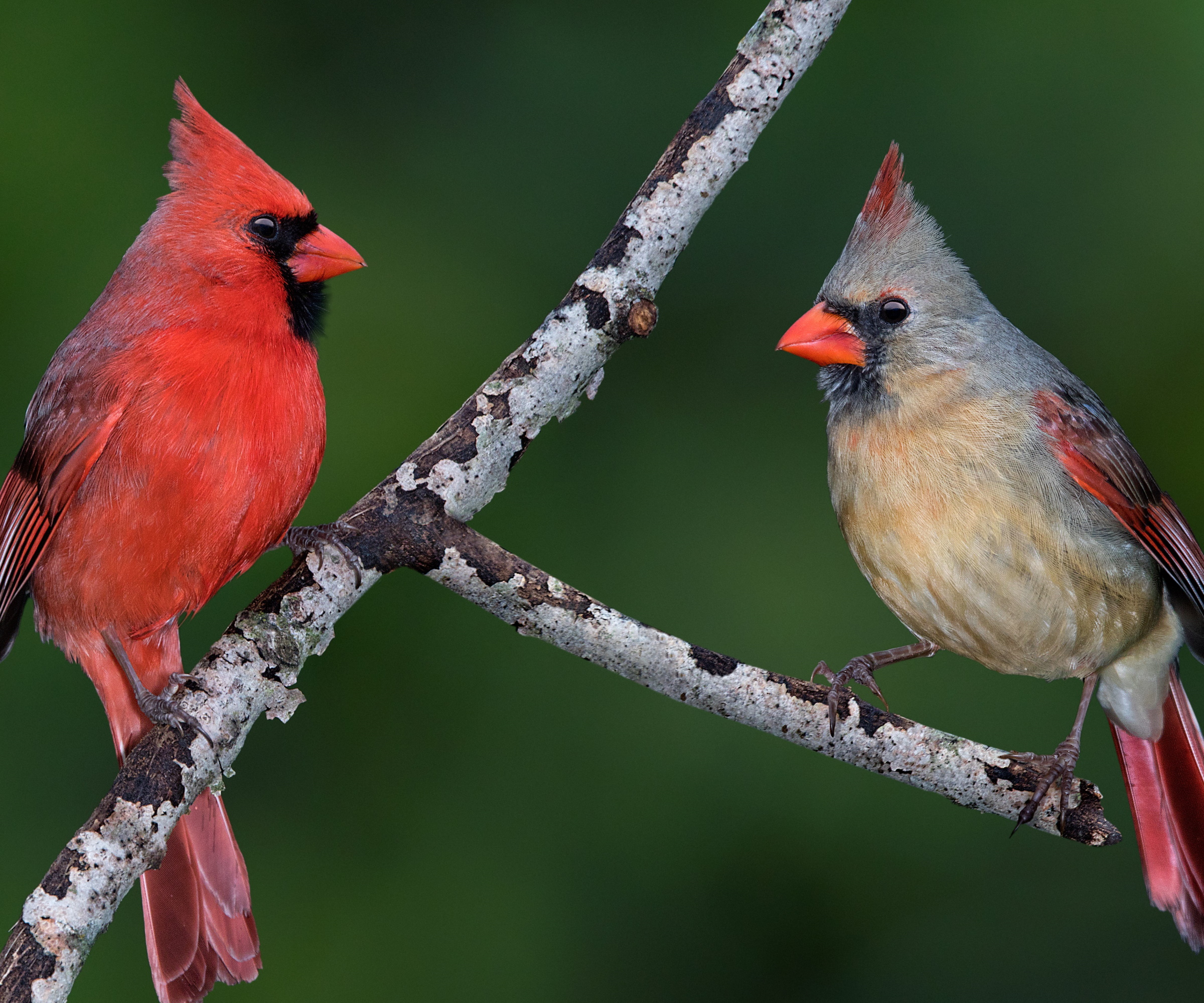
The red cardinal, Cardinalis cardinalis, is a well-known bird species seen throughout much of the eastern United States. So popular is the red cardinal, that it is the state bird for seven US states: Illinois, Indiana, Kentucky, North Carolina, Ohio, Virginia, and West Virginia.
The male red cardinal is famed for its bright red plumage, while the female cardinal is similar in shape and size, but her feathers are typically brown with red hues, as seen in the image above.
For those birdwatchers asking how to attract red cardinals to the yard, birdwatching expert Tammy Poppie says that 'trees and shrubs are the cardinal’s best friend.' Tammy recommends that gardeners 'grow native shrubs and trees,' such as the best native dogwood trees, serviceberry trees or hackberry trees, which is certainly 'one way to attract cardinals.'

More than 25 years ago, Tammy hung her first bird feeder outside her kitchen window. Since then, she learned how to attract wild birds to enjoy them and observe their behaviors. Today, Tammy shares her passion for backyard birdwatching at OnTheFeeder.com, where she inspires others to experience the magic of birds up close.
3. Yellow Warbler
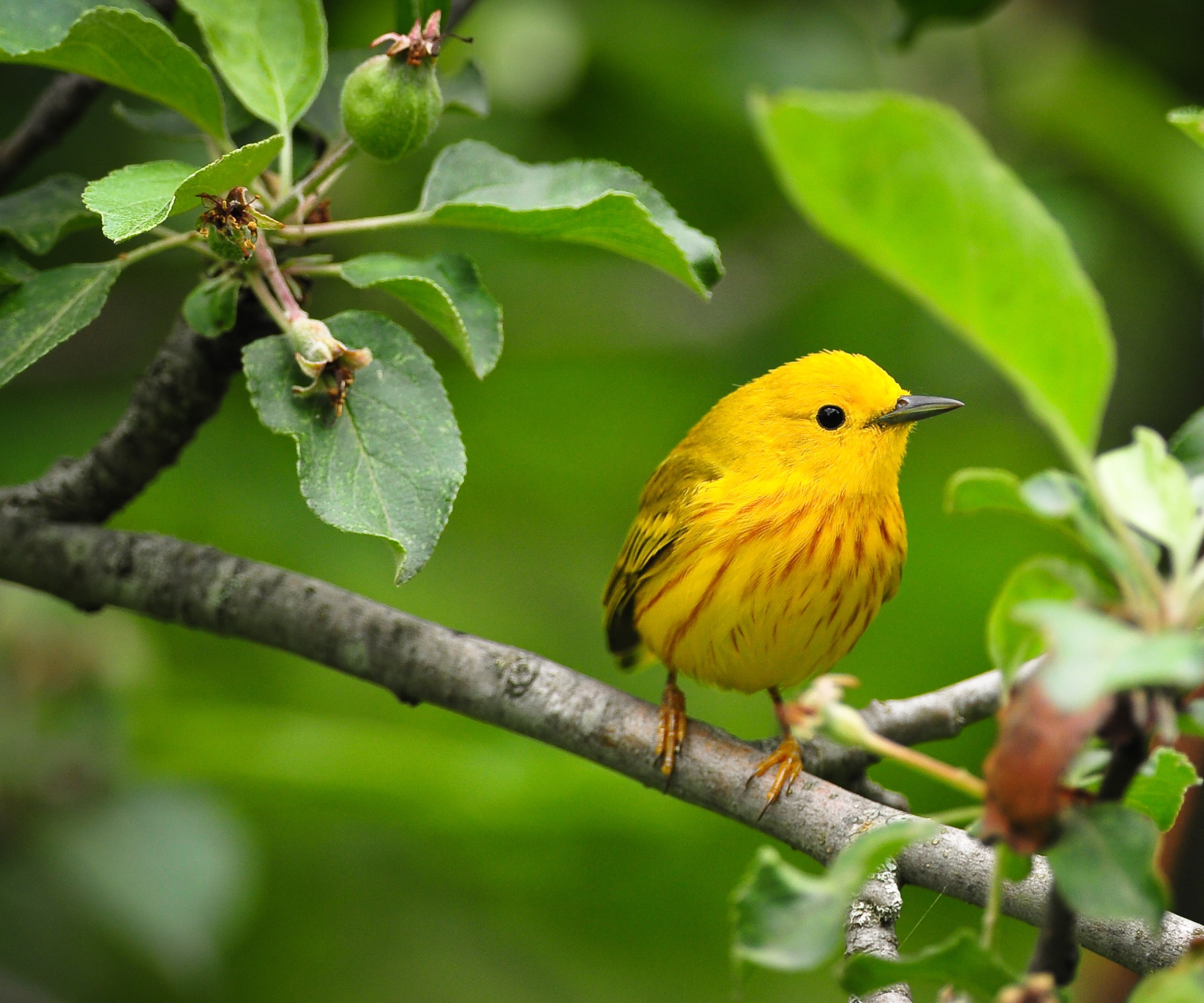
Yellow warblers, Setophaga petechia, are small songbirds, celebrated for their bright plumage that is easily spotted as they gather food and nest material in the backyard.
These birds spend the winter in Central and South America, before making their return journey northwards to the US, where they spend the spring and summer months. For such a small songbird, they certainly travel a far distance, covering some 1300km across the Gulf of Mexico in a single nonstop journey.
Yellow warblers are spotted across much of the US, bringing a burst of golden yellow color to shrubs and trees as well as singing cheerful songs. Warblers tend to eat insects and caterpillars, so it is a good idea to plant a butterfly border, growing shrubs and flowers that are known to support wildlife in your yard.
4. Hummingbird
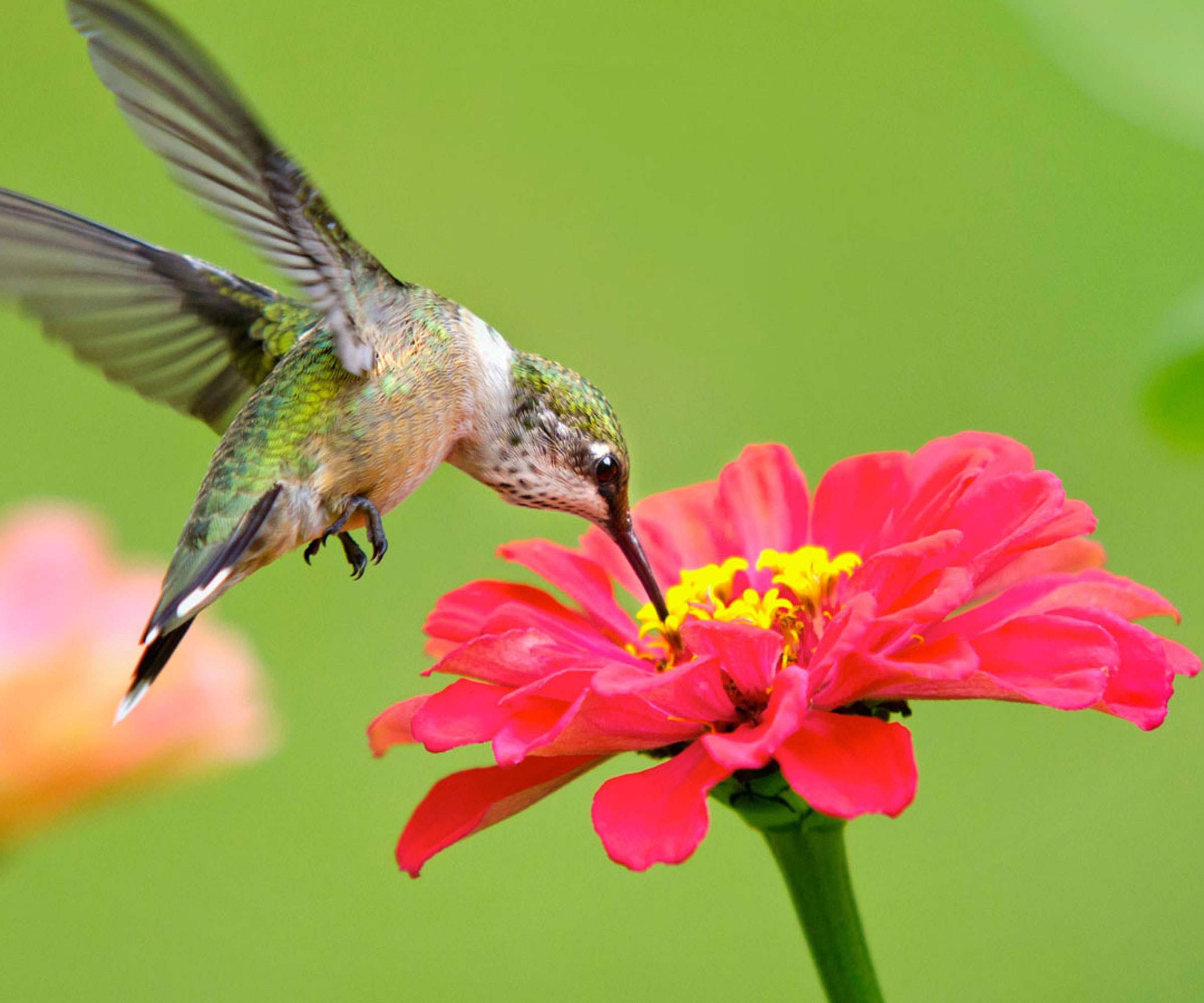
Many hummingbirds migrate for the winter, traveling to Central America or Mexico for the cooler months, before returning northwards to their breeding grounds in the southern United States as early as February. From April, hummingbirds will begin to make their way to areas and states further north.
There are 15 species of hummingbirds that live or visit the United States every year, and one celebrated species is the ruby-throated hummingbird, so named for its crimson iridescent throat that shines in the light. 'The ruby-throated hummingbird will visit gardens in their range across the eastern half of the US by the end of April,' says Tammy.
If you want to encourage this small bird to your yard, consider planting more flowers that attract hummingbirds, such as salvias, petunias or lantanas, which all have nectar-rich flowers for these hungry birds to feast on, or perhaps install one or more hummingbird perches.
Shop for wildlife watching accessories
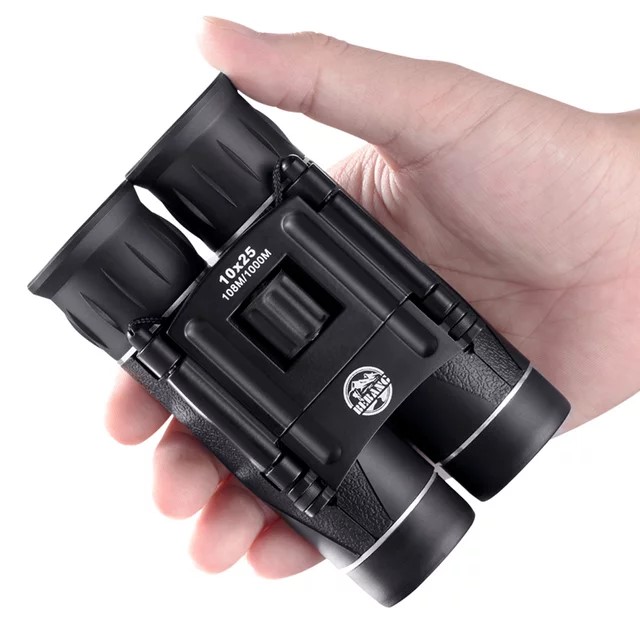
These Bebang compact binoculars have an excellent BAK-4 prism to keep a ultra-high-definition image. Binoculars with high-end lens coatings provide excellent high-contrast images with excellent color reproduction, so you can see every detail in any situation you encounter during bird watching.
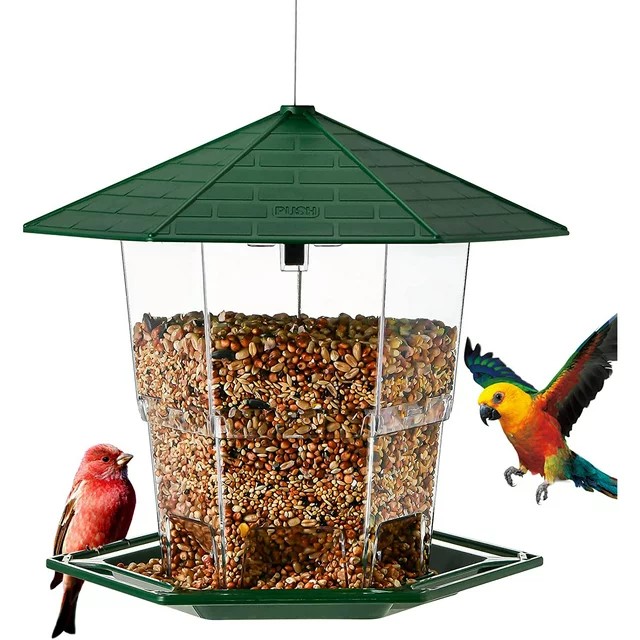
This Phancir bird feeder is an attractive model for wild birds in the yard. The latest new design comes with a latch feature, which is safe and reliable. The lid can be opened and closed for refilling. The hanging bird feeder has some drain holes in the tray to keep the food dry.
5. Monarch Butterfly
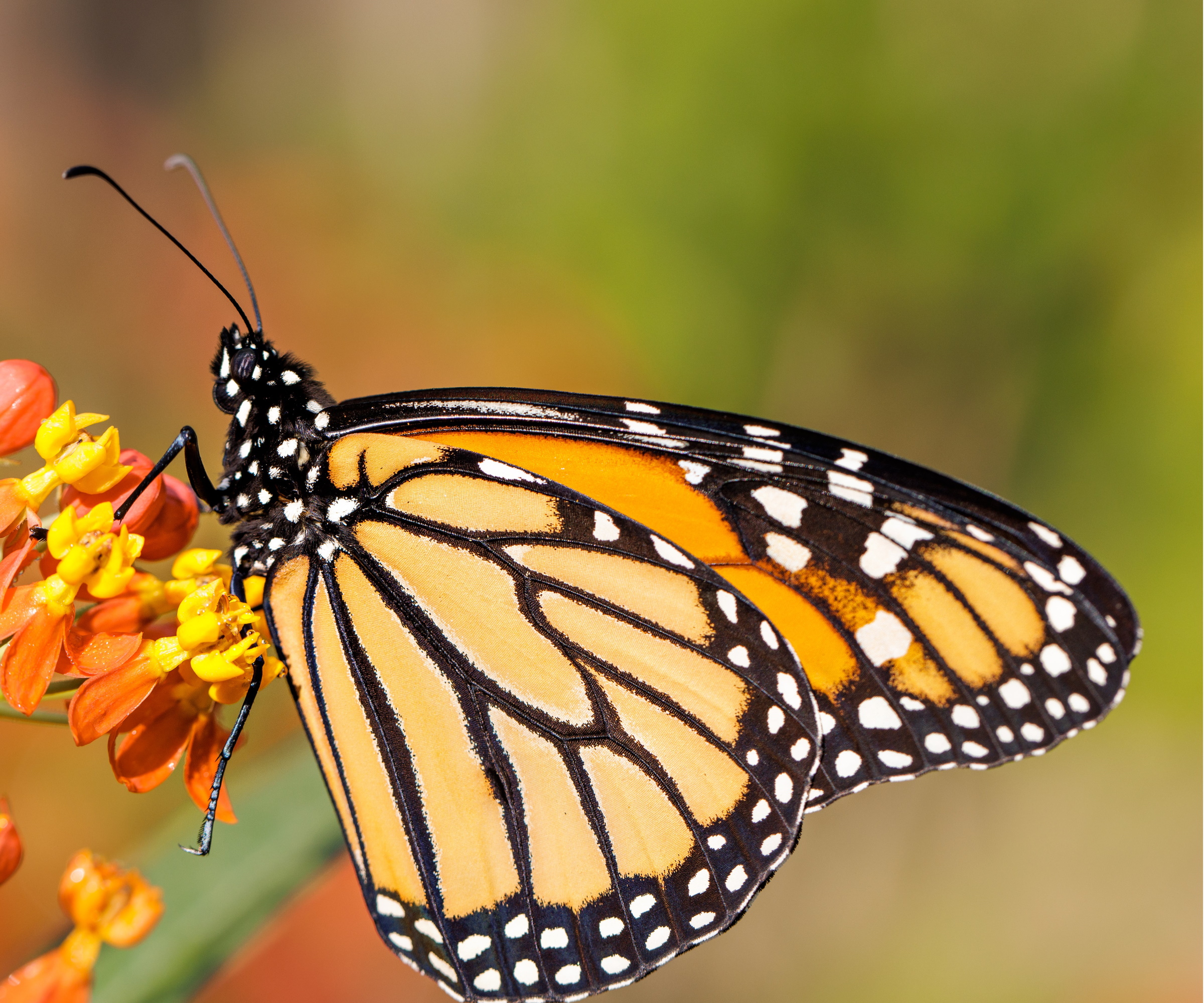
'As spring jumpstarts, butterflies abound,' says Melissa Lackey, butterfly expert and Secretary for the Broward Chapter of the North American Butterfly Association. One butterfly that demands attention is the monarch, Danaus plexippus, celebrated for its orange-red wings which feature black veins and white spots.
Monarch butterflies born in late summer migrate somewhere between 1600km and 4000km, hibernating in central Mexico before making the return journey to the United States and Canada in spring. This is undoubtedly one of the natural world's greatest migratory phenomena.
From April, monarch butterflies will return to backyards across the United States. For those gardeners asking how to attract butterflies, Melissa advises 'having both nectar (flowers) to feed butterflies and host plants for the larvae/caterpillars.'
'Each butterfly has a specific host plant, sometimes several,' Melissa says. 'By growing host plants in your yard, female butterflies will stay longer, and when offspring hatch, this means even more butterflies!' Consider growing milkweed in your borders this year, which is known to be a host plant for monarch butterflies.
'The monarch, being especially vulnerable to habitat loss needs milkweed to survive,' continues Melissa. 'It is the only plant where the female lays her eggs. I encourage you to plant native milkweed, such as Asclepius Incarnata, in your yard this year.'
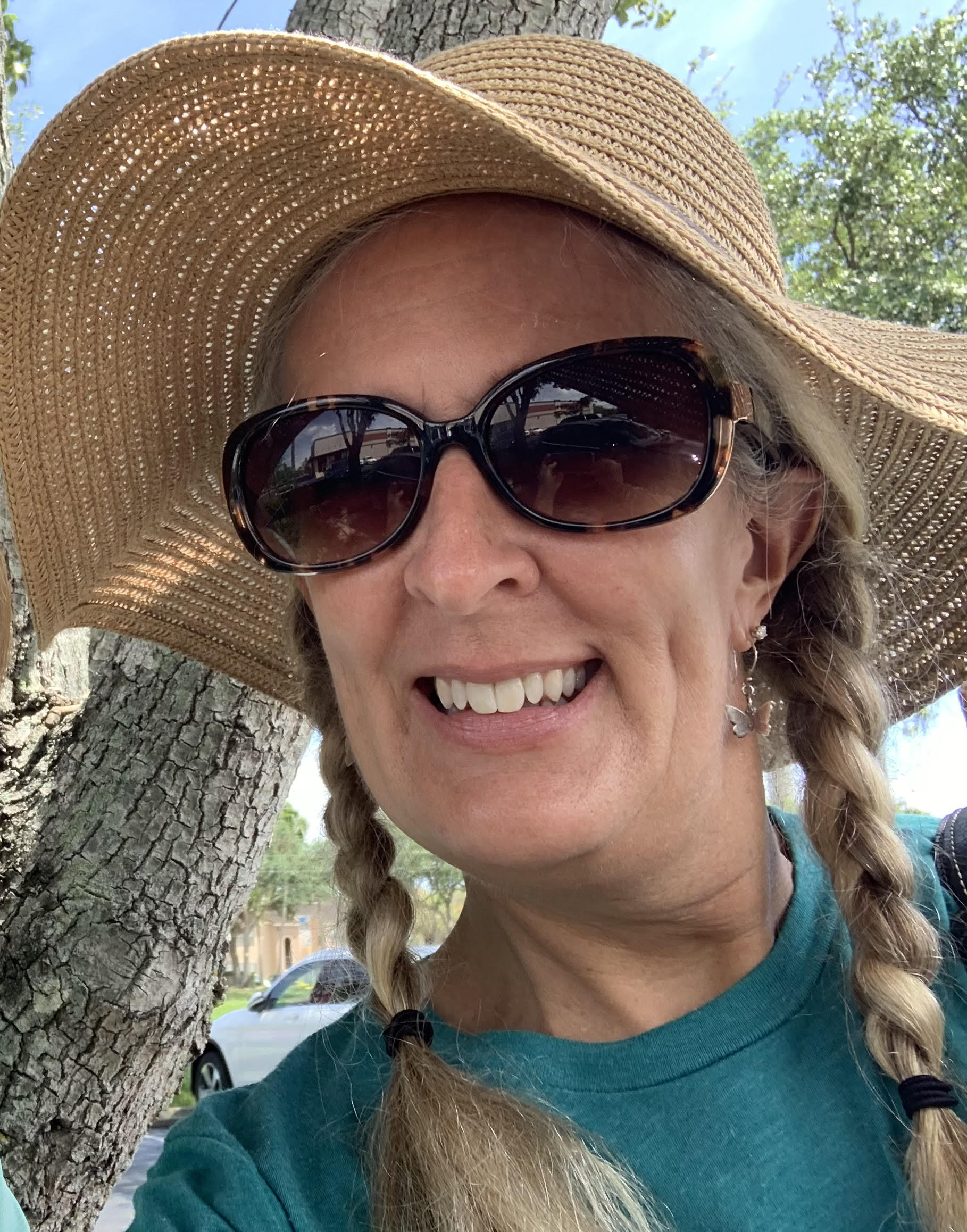
Melissa is a butterfly expert and the secretary for the Broward Chapter of The North American Butterfly Association. Each summer, they collect data to count species, as well as promote sustainable gardening practices to attract and nurture Florida species.
6. Great Southern White
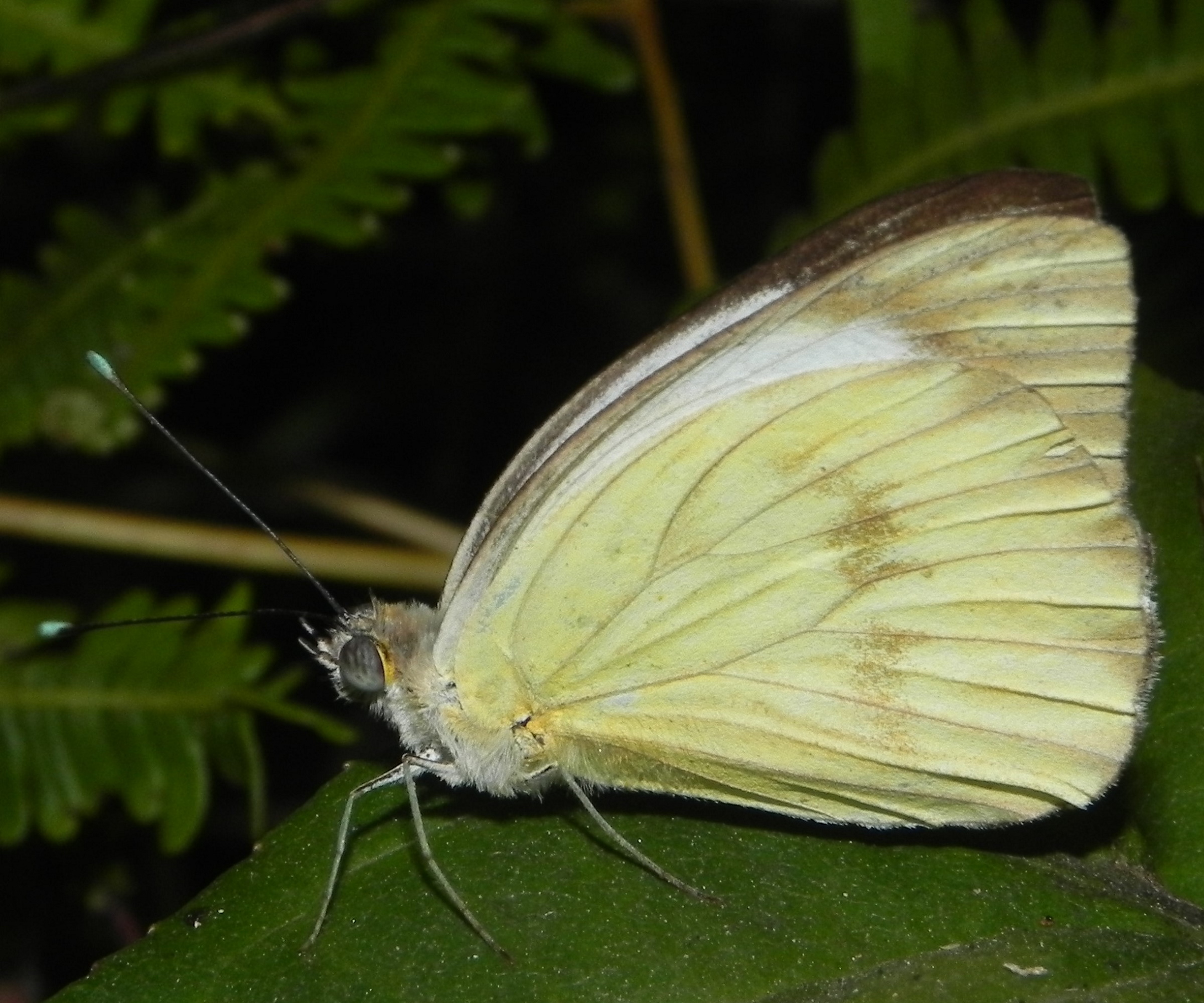
The great southern white, Ascia monuste, is another migrating butterfly species, making its way north after wintering in warmer climates. Primarily encountered in coastal habitats, the great southern white butterfly travels from tropical regions to south Atlantic states in spring, namely Maryland, Delaware, West Virginia, Virginia, North Carolina, South Carolina, Georgia and Florida.
'The host plant for many butterflies is often a weed, and for the great southern white, it’s pepperweed,' says Melissa. 'If you aren’t thrilled with letting pepperweed and such plants take over your yard, just dedicate a small patch where you don’t mow,' Melissa continues. 'Weedy areas are often the favorite area of the butterfly,' Melissa adds, and by growing pepperweed as well as some of the other best plants for a butterfly garden, butterfly numbers in your yard will increase tenfold.
7. Zebra Swallowtail
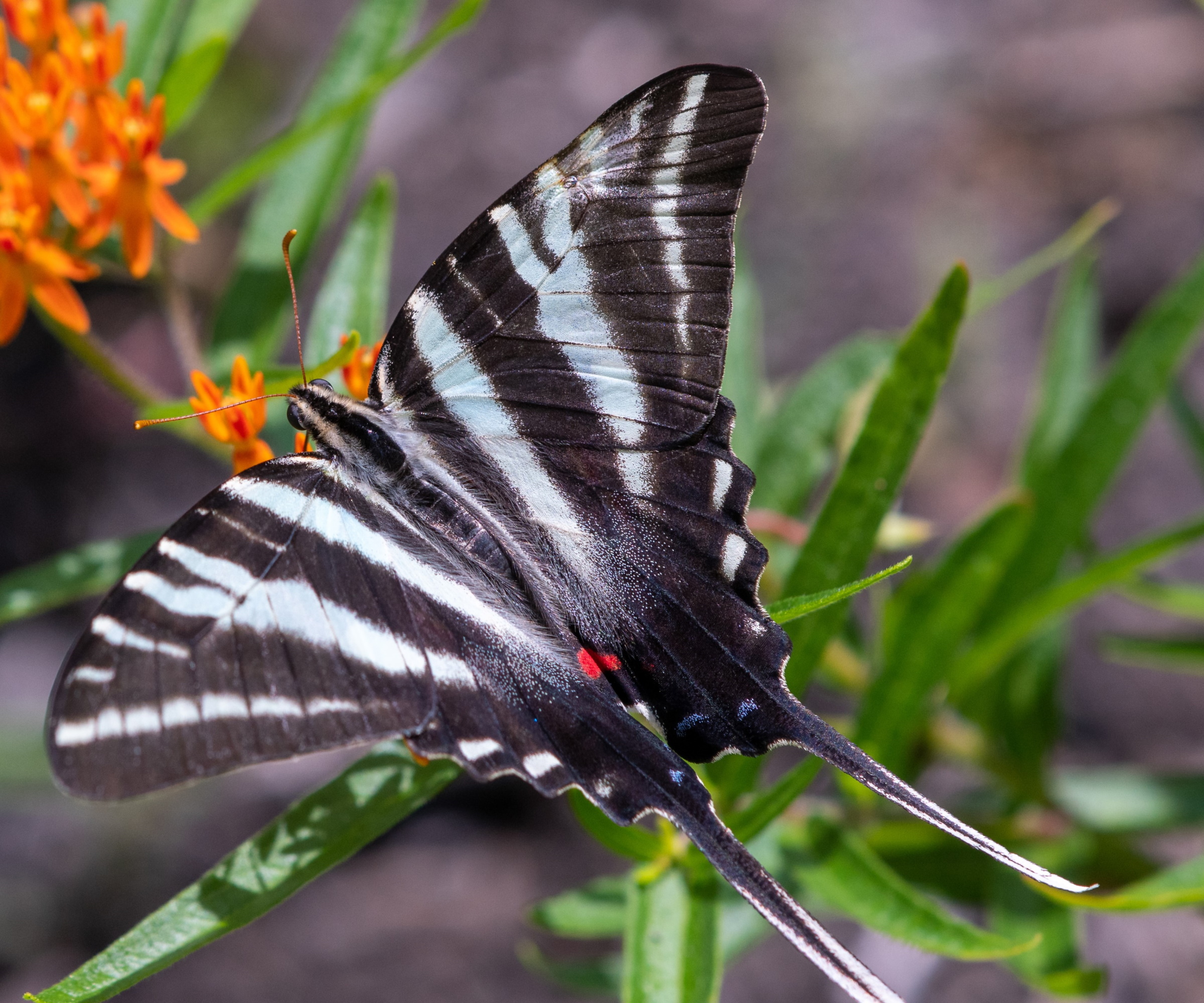
The zebra swallowtail, Eurytides marcellus, is a large, black-and-white-striped butterfly found throughout much of the eastern United States. Zebra swallowtails belong to the kite swallowtail butterfly family, named for its wing shape, yet this is the only member that has adapted to the North American climate.
This butterfly spends the caterpillar portion of its life almost exclusively feeding at the pawpaw tree. The leaves of the pawpaw tree contain a unique toxin that helps to repel predators, including birds and other insects. Typically, zebra swallowtail butterflies feed on nectar from blueberries, blackberries, wild plums and milkweeds.
From April, the zebra swallowtail will be seen in the southeastern states, including Florida, Georgia and Alabama. It will begin to appear in late April in Tennessee, where it is the state butterfly.
FAQs
How can I attract more birds, butterflies and insects to my backyard?
Consider wildflower garden ideas and growing more flowers that attract bees in your borders. Filling your yard with trees, shrubs and perennials that produce flowers will undoubtedly attract a whole host of wildlife to your plot. Why not also install one or more bird bath ideas or bird house ideas, providing food, water and shelter for wildlife in your yard?
Watching wildlife in your yard is a fun and engaging activity for anyone, regardless of age or your experience as a gardener. If you are looking for a summer project to further increase the biodiversity in your backyard this year, why not consider how to make a bug hotel? Doing so can provide valuable habitat for pollinators and other insects, and is a great project to involve children in the garden.
Sign up to the Homes & Gardens newsletter
Design expertise in your inbox – from inspiring decorating ideas and beautiful celebrity homes to practical gardening advice and shopping round-ups.

Thomas is a Content Editor within the Gardens Team at Homes and Gardens. He has worked as a professional gardener for both public spaces and private estates, specializing in productive gardening, growing food and flowers. Trained in Horticulture at the Garden Museum, he has written on gardening and garden history for various publications, including The English Garden, Gardens Illustrated, Hortus, The London Gardener and Bloom. He has co-authored a Lonely Planet travel book, The Tree Atlas, due out in 2024.
-
 Anna Kendrick's favorite coffee maker is the first machine to make iced beverages that are 'just as cold as a coffee shop' – it's currently under $200
Anna Kendrick's favorite coffee maker is the first machine to make iced beverages that are 'just as cold as a coffee shop' – it's currently under $200The actress uses this smart machine to make perfect mocha frappes straight out of her kitchen – it's a summer 2025 must-have
By Hannah Ziegler
-
 Put your 'purgatory place' and 'dust detective' in play – 6 expert tricks professional organizers use to effortlessly edit down belongings
Put your 'purgatory place' and 'dust detective' in play – 6 expert tricks professional organizers use to effortlessly edit down belongingsStress-free streamlining is entirely within sight
By Andy van Terheyden
